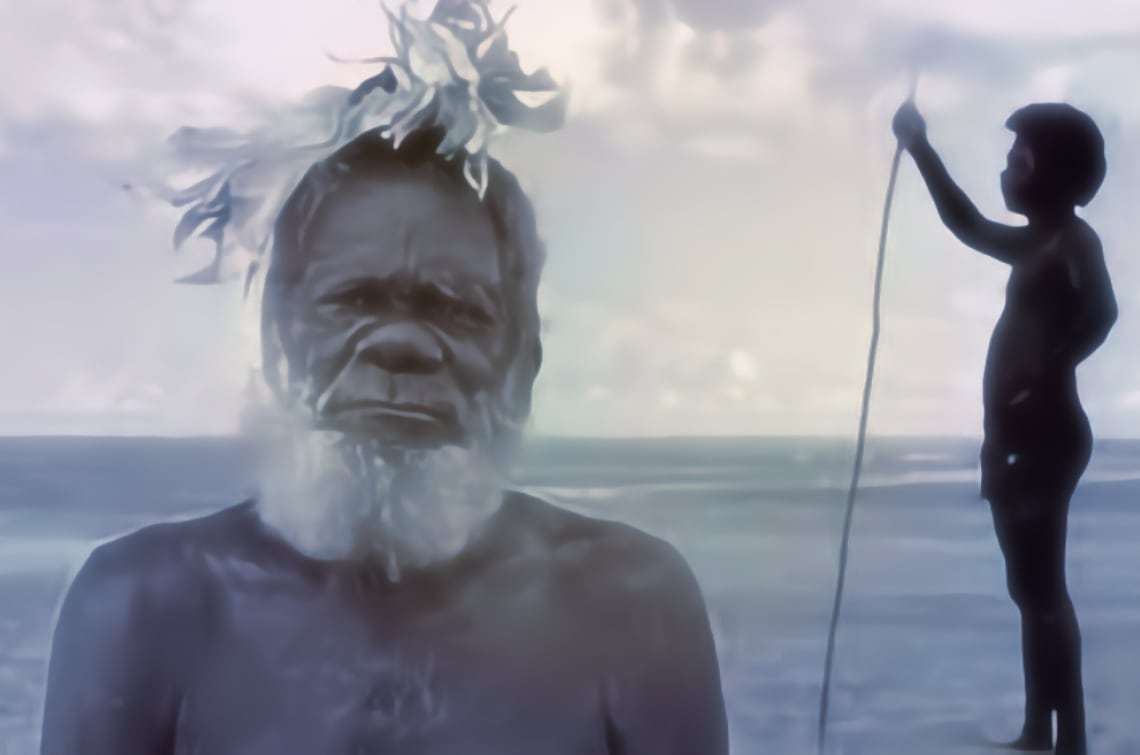Article index
Today I would like to talk to you about one of the many Aboriginal populations that populate the Australian continent, they are the Tiwi people , and live in the Melville and Bathurts islands.
Kuruwala and you the two great words with the only meaning
 The music/dance of the Tiwi population is divided into two large categories: Kuruwala and Yoi.
The music/dance of the Tiwi population is divided into two large categories: Kuruwala and Yoi.
Kuruwala can be translated into "singing" while Yoi how to "dance" in the sense of "singing as an accompaniment to dance".
In particular, the word Yoi in the Tiwi language goes beyond the meaning of dance and in fact means not only social event (which includes dance) but also the songs used to dance, the rhythm of these songs, and finally sing to dance.
Kuruwala is instead referred to the songs that are often accompanied by movements that in this case are not perceived by the Tiwi population as dance, but are considered integral parts of the singing as well as in your songs are integral parts of the dance.
The music of the Tiwi population is essentially sung, in fact, they use tools only occasionally (such as sticks).
We now enter the world of singing Kuruwala and their sung gestures and explore a particular style that has to do with the circle called Kulama.
Kuruwala songs are singing in verses with regular metrics. Each verse is repeated a number of times.
Each singing Kuruwala is done by an individual and is the property of which it is not possible to sing it until the permission is given. Usually words are carefully chosen before, even if they can take place that they are improvised and composed on the moment.
However, they must give prestige to those who create them as the public loves the use of metaphors, allegories, poetic images, as well as a "good voice" and beautiful accompanying movements.
Among the various types of Kuruwala styles we find the Kulama.
Let's talk now about the Kulama Yam ceremony
The Kulama style is practiced during the Kulama Yam annual ceremony and is sung by men in a circle followed by the echo of women who are outside the ceremonial area. The songs are accompanied by beat sticks and the singer takes on a particular posture with the intent to find a "good voice". In addition, a slow walking is usually taken to the ceremony area around the area.
The ceremony ends when the participants in the ceremony eat the Yam root which is collected in the forests and adequately prepared so that it is not poisonous.
Concentric circles are often the main subject of contemporary Tiwi patterns and represent the Kulama circle or the ceremonial dance ground.
I leave below some videos that will surely take you in their mysterious and fascinating world.
Resources from the web
Download a thesis on singing Kulama
Read also the article: the useful equipment for the singer








